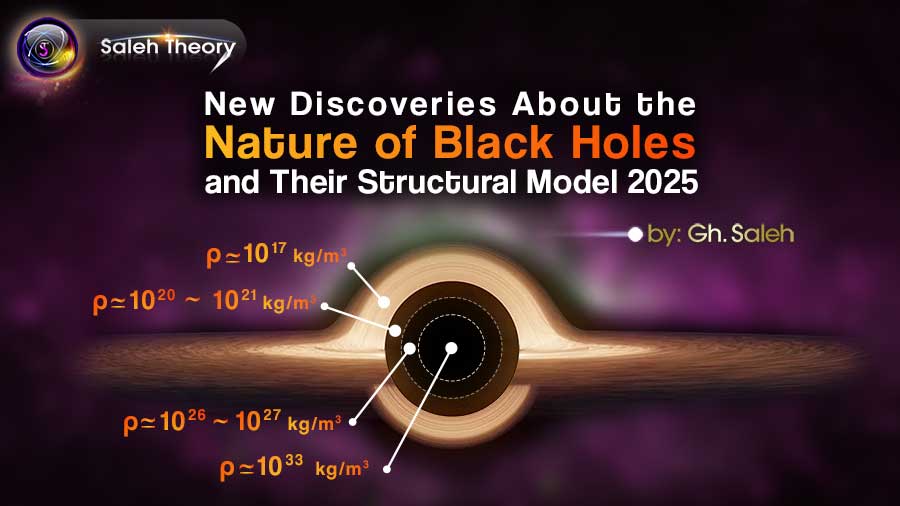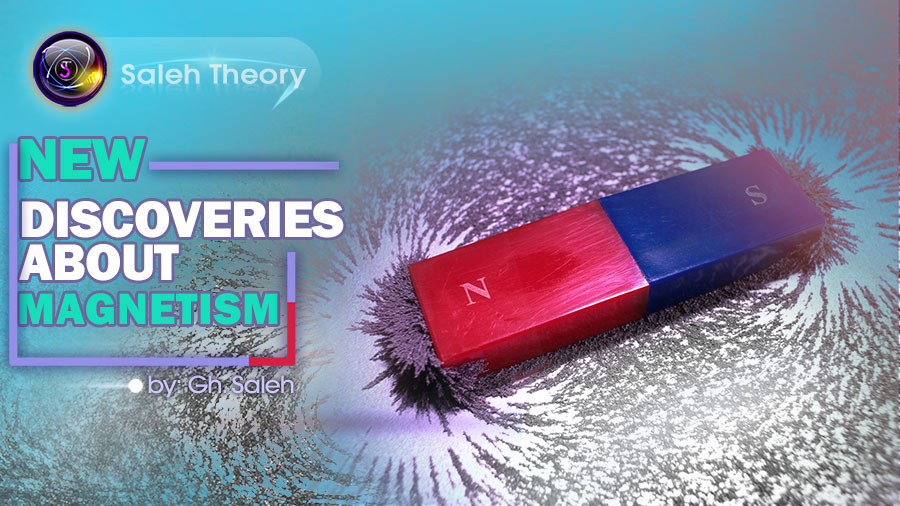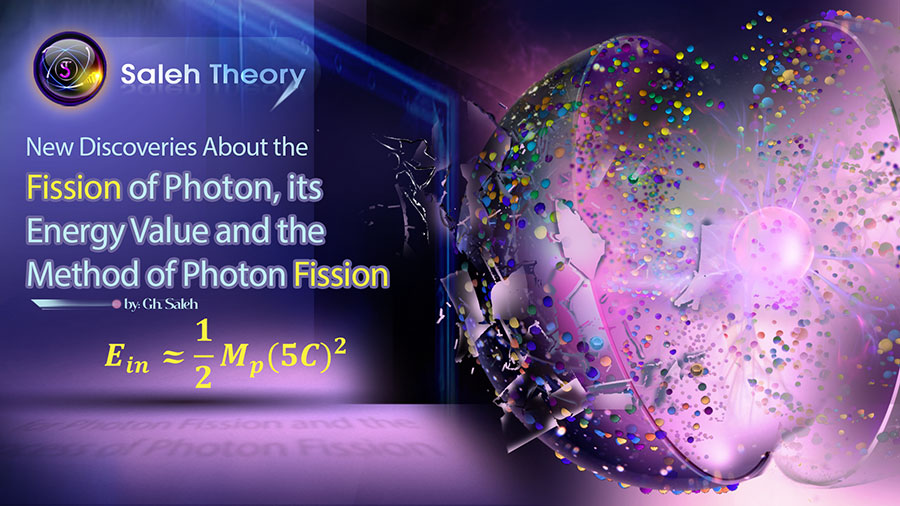
New Discoveries About the Fission of Photon, its Energy Value and the Method of Photon Fission
A) Fission of a Photon
As previously stated, considering the structure of black holes and the Big Bang phenomenon, the smallest, tiniest and fastest particles in the universe - namely photons - cannot be particles that could provide a comprehensive definition of black hole density and the Big Bang. For this purpose, sub-photons are defined, called Cidtonium, which can possess 10-6 times the mass of a photon.
To calculate the energy value of a photon, we need to check the previous article about different types of speed of photon.
Considering that the birthplace of a photon is an excited electron that rotates around a nucleus and the excitation of an electron results in the emission of a photon, the photon will have linear motion. The linear speed of the photon (Vl) can be calculated using the following equations:
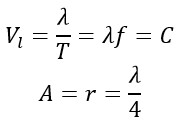
The above equations are linear equations in which “λ” represents the wavelength, “T” the period, “f” the frequency, and “A” the amplitude, which is equal to the radius of photon rotation in a helical motion (r). These equations express linear speed and are obtained by dividing the linear distance traveled (λ) by the time taken during one period (T). In fact, we have calculated the linear speed along the linear path.
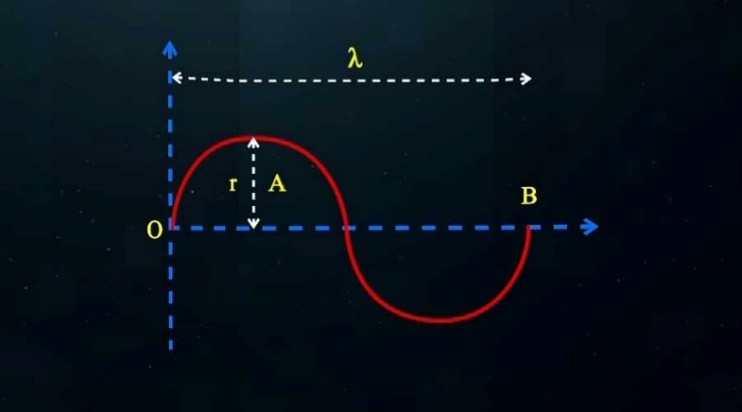
However, a photon has a wave motion due to the rotational movement of electrons around the nucleus. To calculate the wave path or the curved path of electromagnetic waves, we proceed as follows:
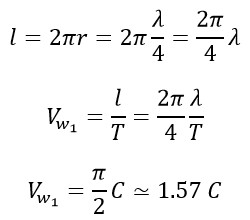
Where “l” is the traveled distance and “Vw1” is the wave-like speed. The result of combining these two linear and rotational motions is the creation of a helical motion as shown in the following figure.
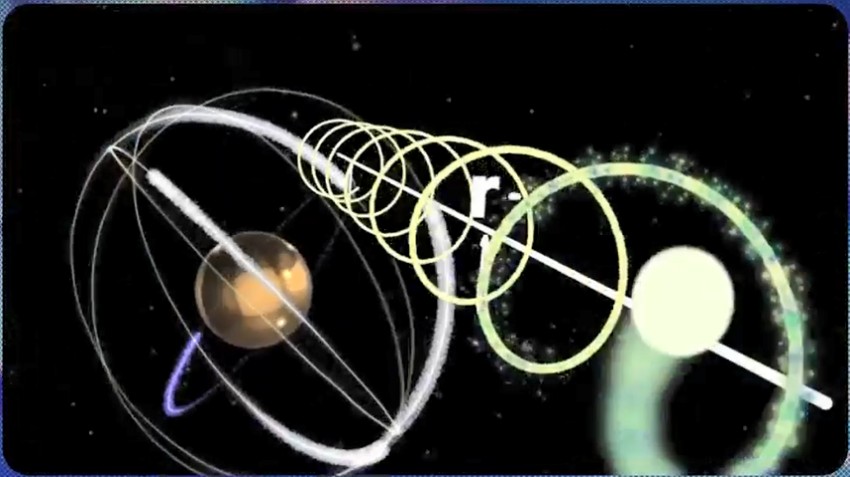
If we pay attention, a photon has two different speeds. This difference exists both in terms of the appearance of equations and the ones of obtained values. In fact, these two speeds (linear and wave-like) can be considered as shades of the speed in helical motion. Where (Cnew 1) is the constant speed on the helical path, which is the resultant of these two perpendicular velocities. which can be calculated as follows:
Resultant velocity = Linear velocity + Wave-like velocity
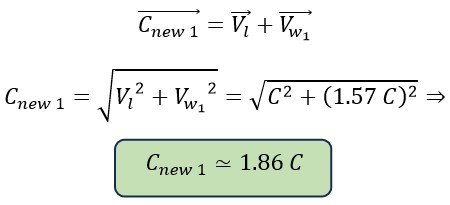
Where the “Cnew 1” is the speed of the photon in the large helix (First Helix) which is the basic and fundamental speed of photon (electromagnetic waves).
But an electron, in addition to its rotational motion around the central nucleus of the atom, also has rotational motion around itself, leading to the creation of another helical motion.
This new helix (Second Helix) is smaller in comparison to the previous one. Therefore, when a photon is emitted from an electron, it will follow a path of a large helical motion (First Helix) and a path of a smaller helical motion (Second Helix).

Considering the above figure, the resultant velocity of photon in the first helix and second helix motion paths can be calculated as follows:
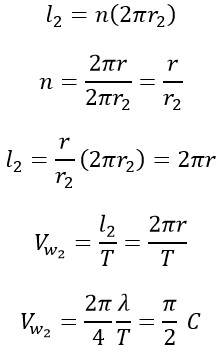
Where “l2” is the traveled distance in small helix, “n” is the number of turns of photon in small helix in one period of big helix, “r2” is the radius of small helix and “Vw2” is the rotational speed in small helix. And two rotational velocities are parallel. So, we have:

Considering the figure, the resultant velocity of a photon (Cnew 2) in two helical paths, the large helix (first) and the small helix (second), can be obtained from the following equations:
The resultant velocity = The sum of the velocities in the two helical paths + The linear velocity
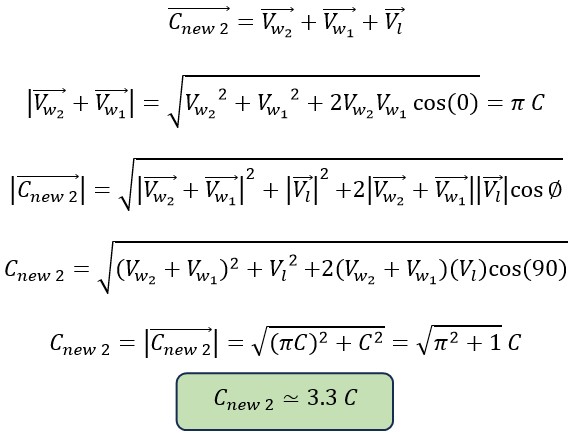
The photon itself also has a rotational motion around itself, which creates a third helix. Using the following equations, this speed can be calculated:
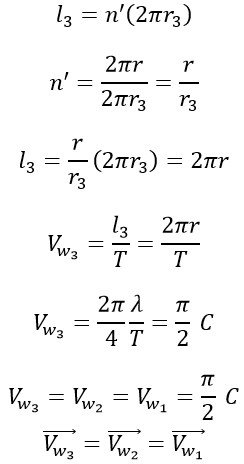
Where “l3” is the traveled distance in third helix, “ n' ” is the number of turns of photon in third helix in one period of big helix (first), “r3” is the radius of third helix and “Vw3” is the rotational speed in third helix.
Similarly, the resultant velocity of a photon (Cnew 3) is equal to the sum of its speed in helical paths and the linear speed. Therefore, we have:
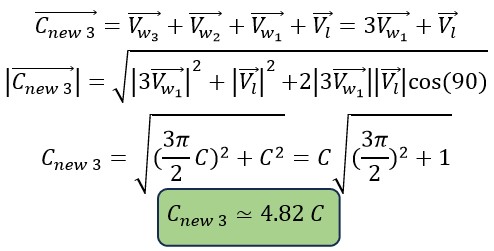
Given that the final speed of a photon is 4.82 C, approximately 5 C, one can derive the energy value of a sub-photon based on the kinetic energy equation.

Note:
It should be noted that when a photon fissioned, it transfers its final speed to a Cidtonium (4.82 C).
So, the internal energy equals:

Just as a photon has various types of velocity (linear, wave-like, rotational, etc.), Cidtonium can also assume different velocities, and according to the internal structure of photons, different energies can be considered for it.
B) Method of a Photon Fission
If we have several artificial gravitational fields, assuming a number “n” as shown in the image below:
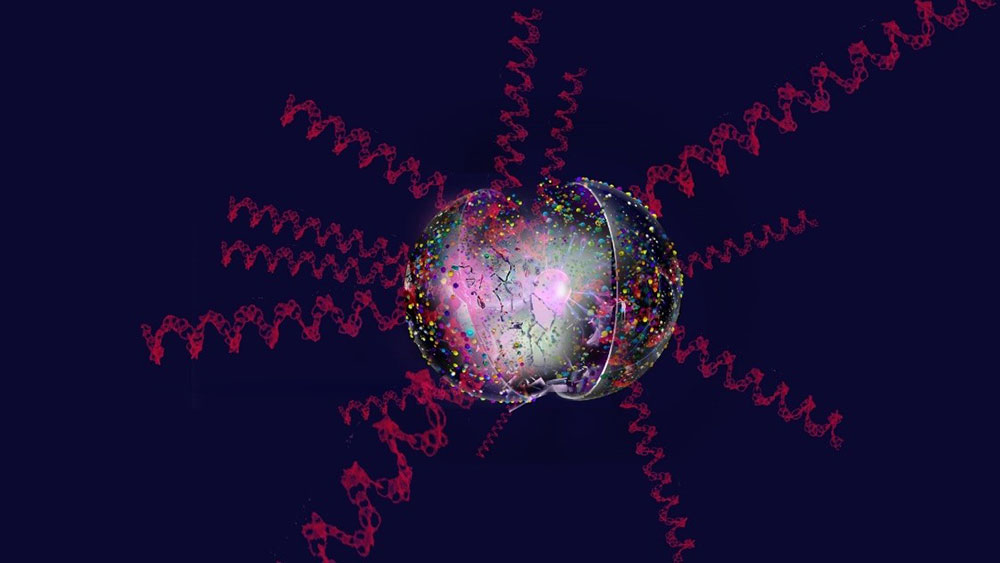
And gravitational fluxes pass through a specific point as shown in the figure above, just as strings entering a section have heat and shear (friction), gravitational fluxes also pass through “m” number at one point and can certainly create considerable energy at that point, causing photon fission, and by this action, energy will release.
References:
[1] Saleh, Gh. "New Discoveries About the Speed of Electromagnetic Waves 2024 Part C." Saleh Theory, 06 Nov. 2023, https://www.saleh-theory.com/article/new-discoveries-about-the-speed-of-electromagnetic-waves-2024-part-c
[2] Saleh, Gh. "Discovery of the Smallest Particle in the Universe, with a Density of 1042 kg/m3 Using the Density of White Dwarfs, Black Holes, and the Big Bang?!." Saleh Theory, 25 Sep. 2023, https://www.saleh-theory.com/article/discovery-of-the-smallest-particle-in-the-universe-with-a-density-of-1042-kgm3-using-the-density-of-white-dwarfs-black-holes-and-the-big-bang
[3] Saleh, Gh. "Discovery of the Smallest Particle in the Universe, Cidtonium, Using the Big Bang Phenomenon." Saleh Theory, 04 Feb. 2023, https://www.saleh-theory.com/article/discovery-of-the-smallest-particle-in-the-universe-cidtonium-using-the-big-bang-phenomenon
[6] Saleh, Gh. "New Marvelous and Revolutionary Discoveries About Gravity." Saleh Theory, 08 Nov. 2023, https://www.saleh-theory.com/article/new-marvelous-and-revolutionary-discoveries-about-gravity
[7] Saleh, Gh. "New Discovery of Smallest Particle in the Universe, One Billionth, Billionth, Billionth of a Photon (Cidtonium)." Saleh Theory, 10 Dec. 2022, https://www.saleh-theory.com/article/new-discovery-of-smallest-particle-in-the-universe-one-billionth-billionth-billionth-of-a-photon-cidtonium
[8] Saleh, Gh. "A New Discovery of the Most Condensed Matter in the Universe, 1025 Times of a Black Hole Cidtonium." Saleh Theory, 29 Dec. 2022, https://www.saleh-theory.com/article/a-new-discovery-of-the-most-condensed-matter-in-the-universe-1025-times-of-a-black-hole-cidtonium
[9] Saleh, Gh. "New Discoveries About Gravity?!!! 2." Saleh Theory, 12 Dec. 2021, https://www.saleh-theory.com/article/new-discoveries-about-gravity-2
[10] Saleh, Gh. "New Discoveries About Gravity?!!!." Saleh Theory, 07 Nov. 2021, https://www.saleh-theory.com/article/new-discoveries-about-gravity
 Download PDF
Download PDF 
